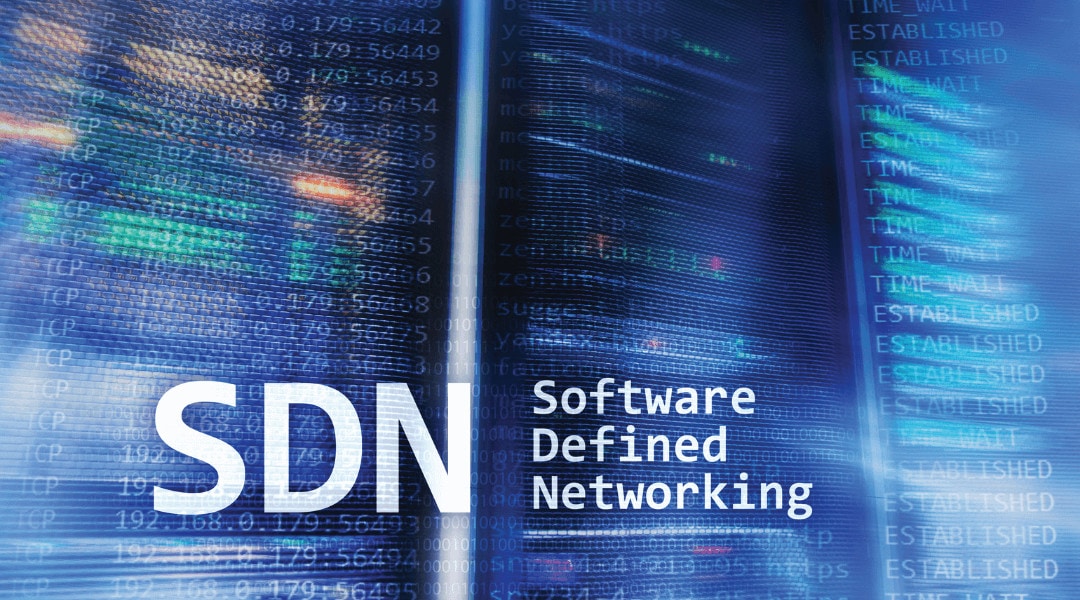
Some may argue that software-defined networking (SDN) is just another buzzword in the world of IT. However, it’s actually a very powerful development in the world of networking.
At the Open Networking Summit earlier this month, Rajeev Nagar, group program manager, datacenter networking and platform at Microsoft described how Microsoft is cloud-first, and had this to say for all of those who are struggling to deal with the innovation happening in the data center: “Embrace change, its here.” Nagar also commented that the notion of a software-defined data center is something Microsoft “lives, eats and breathes every day.”
What is SDN?
Software-defined networking is a way to describe abstracting network functions in order to virtualize or control by software. This is done by decoupling the operating system (software) that makes decisions about where network traffic is sent from the underlying hardware that forwards traffic to the selected destinations.
The SDN model allows network administrators to achieve the network agility required by increasingly virtualized and dynamic applications. SDN has potential use cases and benefits for almost every part of the network in both Layer 2 and Layer 3 segments.
This is especially true in a cloud computing architecture because it allows the administrator to improve network service velocity and customize network operations in a flexible and more efficient manner.
Benefits of SDN
In order for SDN to deliver on its full promise, it must be enabled by open networking standards that can be easily integrated with current infrastructures. Adopting an SDN methodology has a myriad of benefits including flexibility, scalability, redundancy, and performance. In a traditional network, there might be certain limited hardware and software pieces. When a network requires additional resources, there will be considerable cost in buying new hardware and licensing.
With SDN, the network is abstracted onto software, leaving more choice and flexibility in purchasing hardware. In addition, a growing network can be more easily supported by SDN because a network administrator or engineer can simply add more virtual switches or routers rather than purchase costly equipment and licensing.
A software-defined network is also portable, which allows the flexibility in choosing and moving to cloud storage, public or private. Abstracting your network onto a cloud could present many benefits as well: less hardware to manage onsite, lower energy bills, and greater uptime.